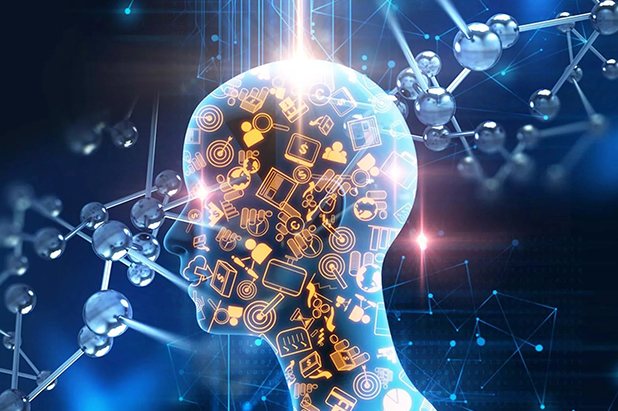By 2020, 36% of the workforce will comprise of Millennials – these are the human resources who are born after the baby boomer era. The Millennials and Gen Z are the digital natives. They are not only extremely comfortable with technology but also expect their workplace to be digitally advanced too. With this new workforce, comes the need for a modern workplace.
What fostered productivity earlier has been replaced by newer motivation and driving forces coupled with new ways of collaboration and working. The digital workplace has become an inherent part of the organisation. Legend has it that Steve Jobs was extremely fixated on collaboration between the various teams, and hence, he facilitated the build of a concourse to enable various teams to meet and exchange ideas. A similar principle is being further augmented by next-gen technologies, which are also increasing interconnectedness in the workplace. Enterprises today are implementing next-gen solutions to optimise day-to-day operational costs.
This brings us to the first point about connected workplaces.
Interconnectedness: It is no more just collaboration but intelligent interconnectedness. Whether it is a factory floor or a corporate office, connectedness is being redefined with AI and IoT. Smartphones have converted themselves into mini offices and at the click of a button, can turn themselves into a virtual conference room. On the shop floor, a person sitting in the control room has a clear view of the health of the various equipment as well as the whereabouts of people working in various areas. It is helping is fostering greater collaboration, transparency in operations, and also workforce safety.
Smart Buildings: Another example is the conversion of office buildings into smart buildings. The operational cost of keeping an office running is fairly substantial for most enterprises. Star Trek fans would know about the concept of running the spaceship in grey mode. This essentially means that when the starship has fuel constraints can only operate those machines and components which are crucial to keeping the spaceship flying. IoT and AI can enable the offices to run on the proverbial grey mode during the off-peak hours. The lights and other power equipment are getting sensor controlled. This is contributing heavily to power saving (leading to cost-saving), the safety of the workers, and of course, helping companies become more environmentally friendly.
Automation Leading to Productivity Enhancement: Communication, as stated earlier, is being abetted by AI and IoT. For instance, if your employees need a software upgrade or want to get a damaged ID card replaces, it can be automated with the help of AI/ML. One can raise self-service requests and get most of their issues closed. This allows the operations staff to work on more value-add things and better communicate with employees on the things that really matter.
On another note, have you ever noticed how the files that we use, the names of the people that we most communicate with pop up automatically? There is smart text analytics with the help of which most of the communication gets flagged so as we do not miss those important emails.
Workplace Safety: In industries such as oil and gas, worker and ecological safety is one of the primary areas of concern. No one wants a rerun of the Deepwater horizon episode. The ID card of the employees, as well as their families, are IoT enabled with a microchip. The sole motive of that chip is to give a real-time location update about all the people on the site. This helps the companies optimize their safety effort in case of a disaster. With the help of the tracking device, the relevant stakeholders can know where their human resources are and in what priority they need to be rescued.
Employee Engagement: Now let us come to the most awaited piece, how can AI drive employee interaction and training. HR analytics is already a part of the interactions between the HR and the employee. Various data points are tracked to gauge employee engagement levels within the company. This gives the HR leaders a view into the churn predictability. This input can help organisations retain their most prized employees. Similarly, AI can also identify upskilling opportunities. AI/ML-based identification and formulation of training modules to reskill and upskill resources have become a critical part of the use cases. We are sure that companies will explore this extensively going forward.
Having said all that, one must realise that we are at a cusp of change, and these technologies are still maturing. The market is responding with a lukewarm approach to the adoption of AI and IoT in the workplace. But as and when it gathers traction, this will start playing a pivotal role in generating employee productivity.




